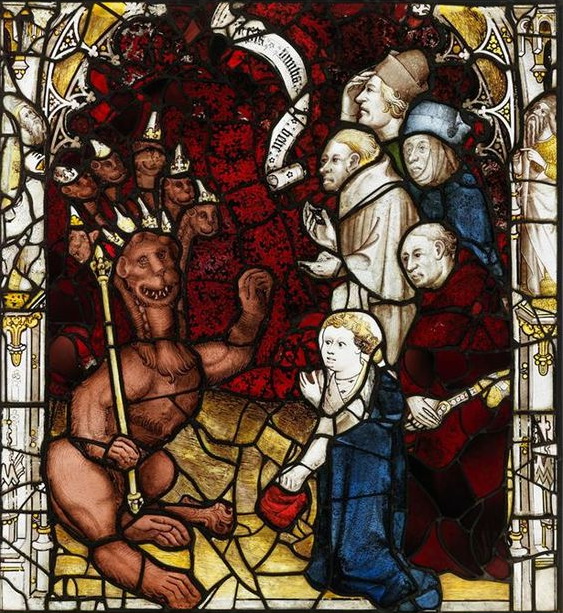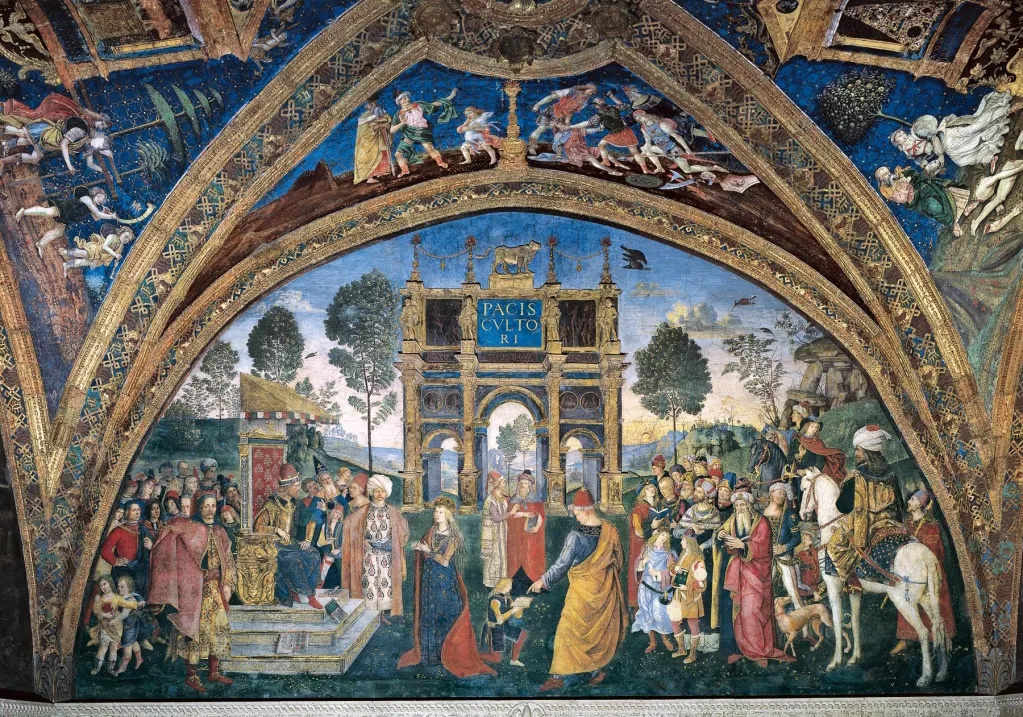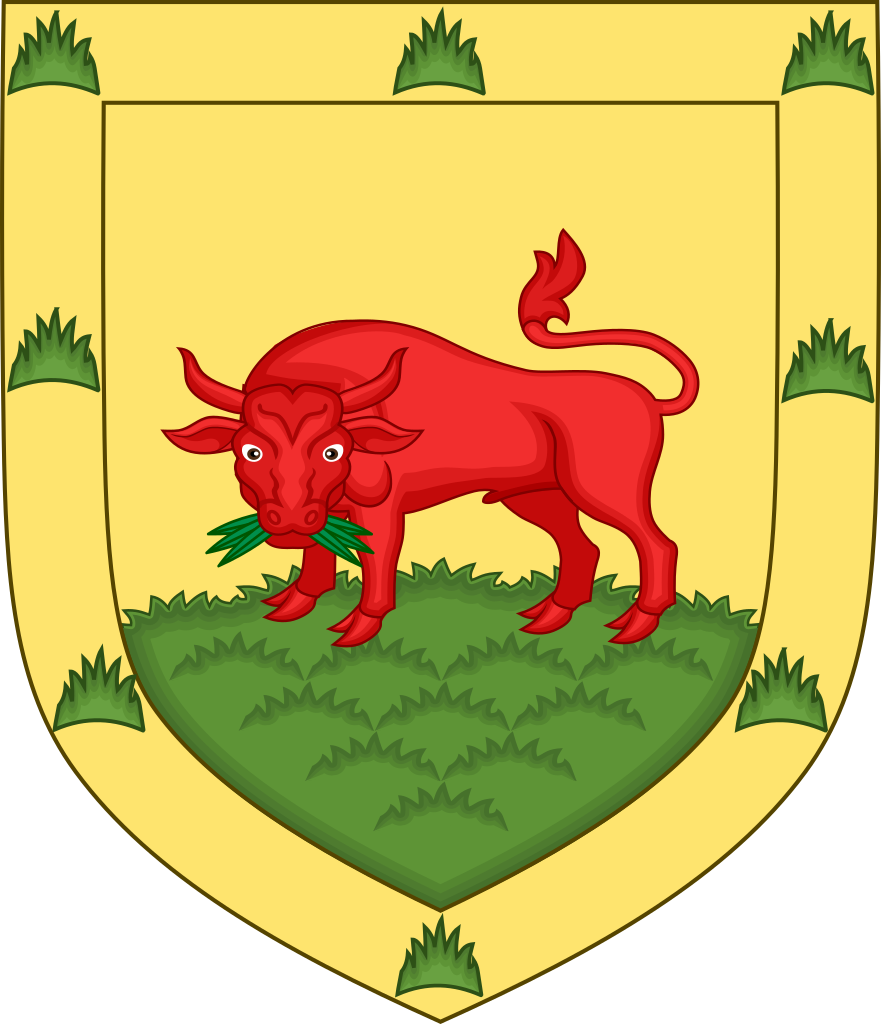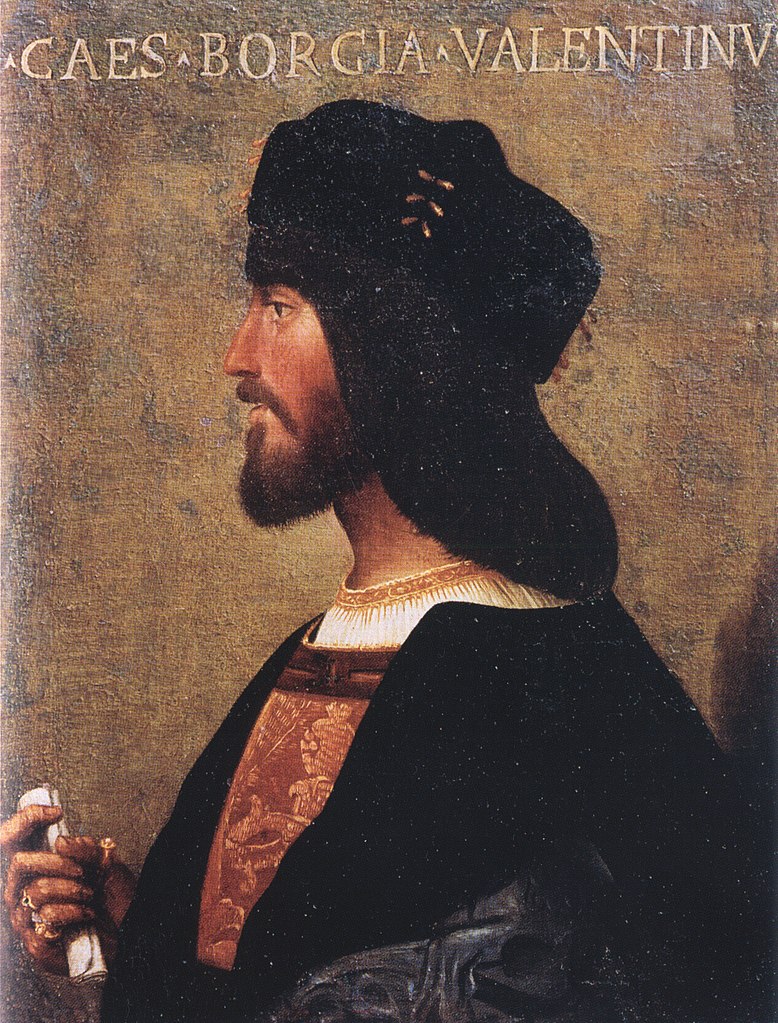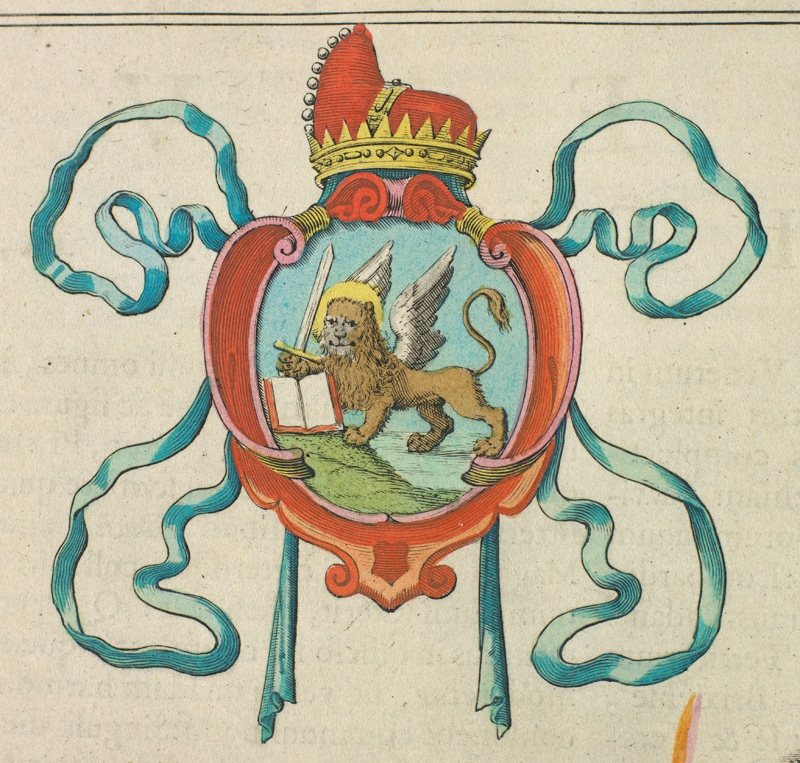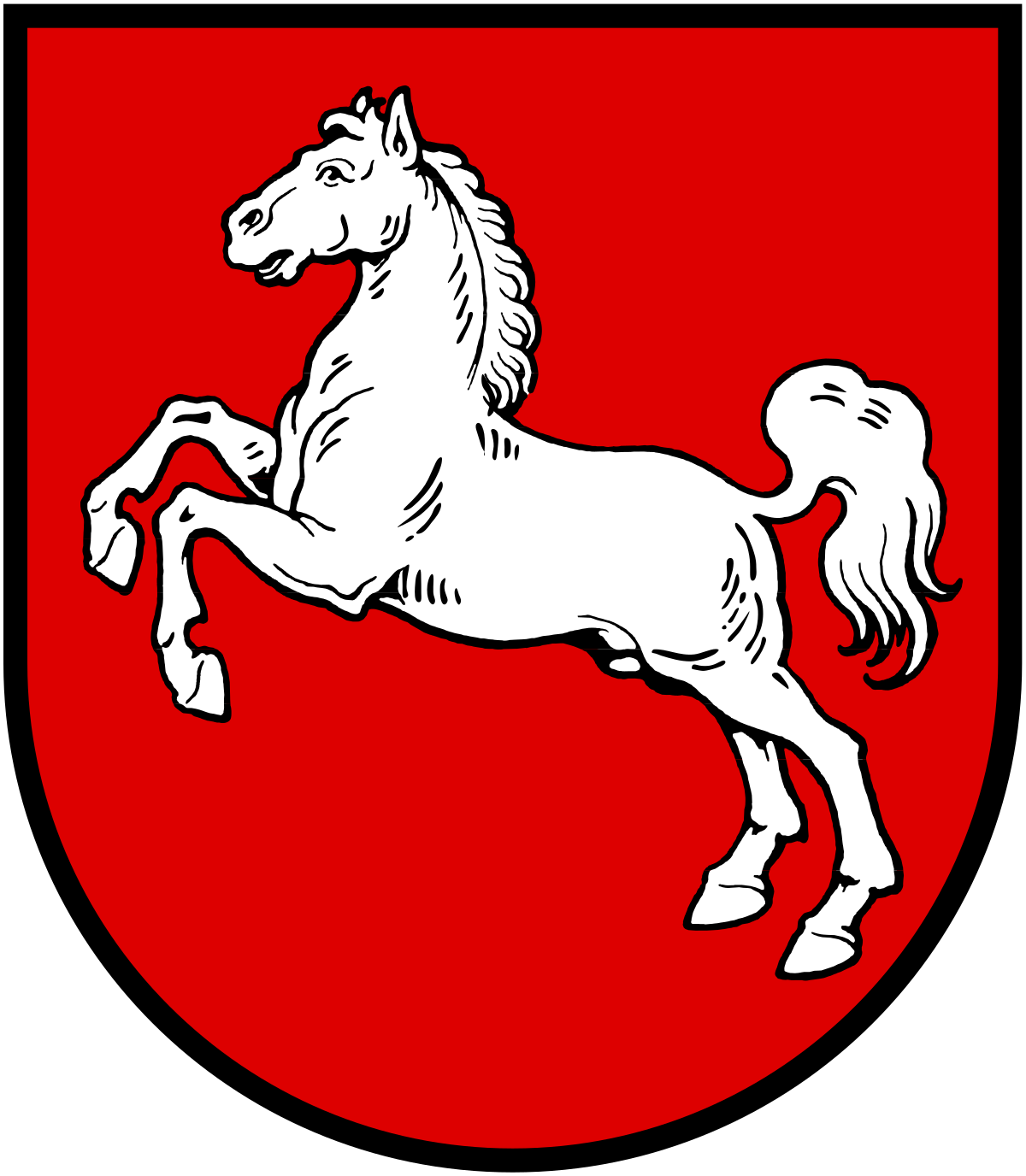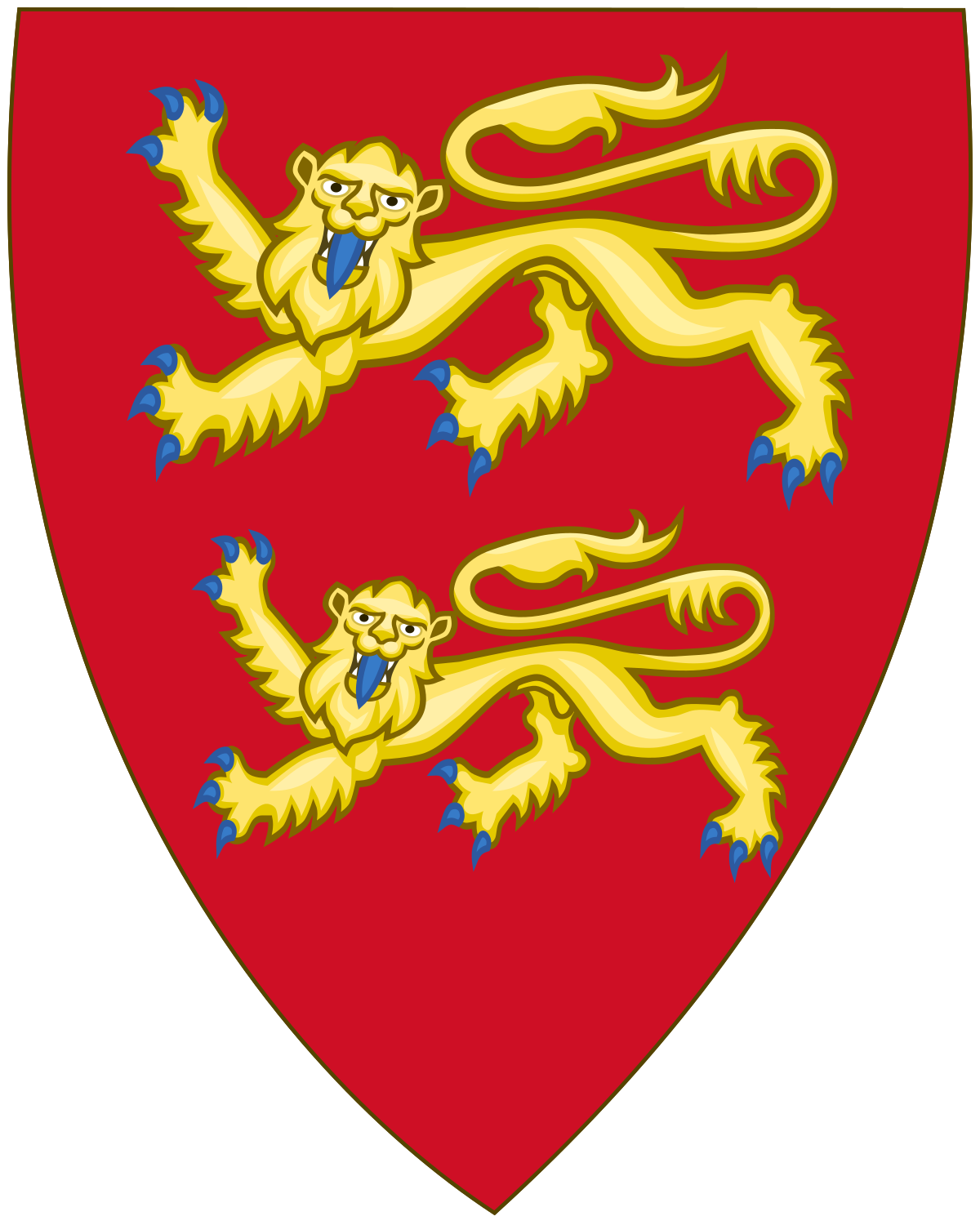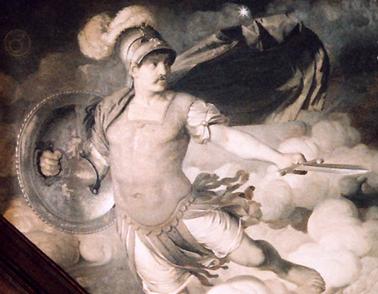
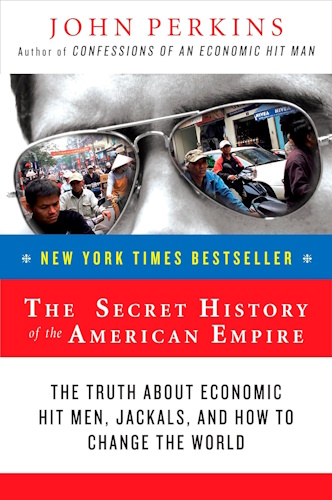

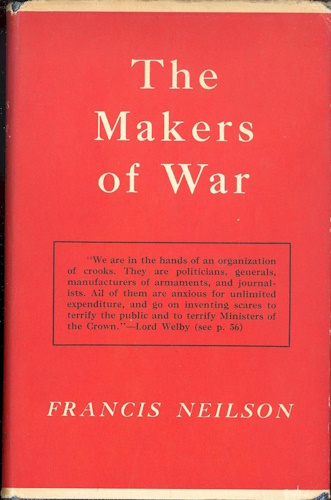

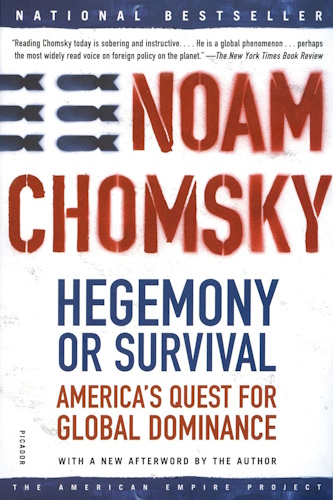



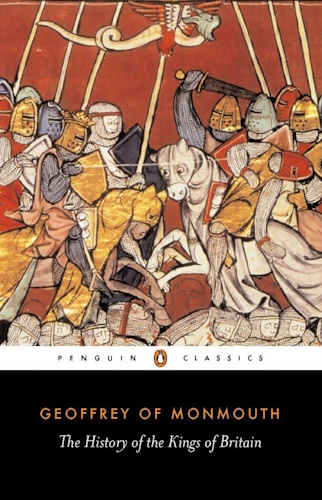

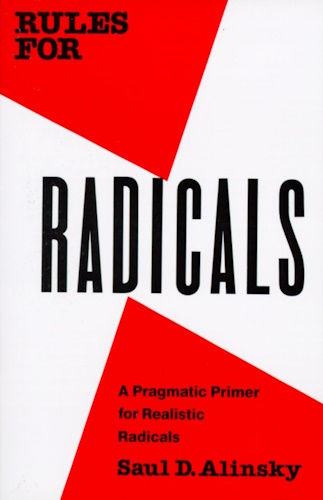

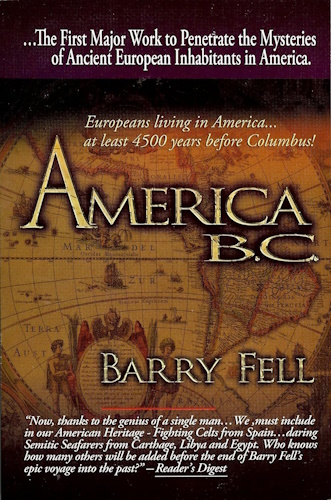

Whence & Pence
A Series
by
Douglas V. Gnazzo
January 6, 2005 - April 18, 2005
(Retrieved from archive.org)
![]()
Part 9: The Wounding
March 22, 2005
INTRODUCTION
Previously, in part eight, myths and legends were discussed, including the primal ideas from which they appear to be born. The collective unconscious was seen as a reservoir of ideas, the evaporation of one substance providing the precipitation of another, as archetypes.
The veracity of myth and legend was touched upon, and by what process the understanding of myths takes place; and if understanding can occur by intellectual thought alone.
Consequently, the soul and spirit were thrown into the mix, offering the possibility that we are not our minds, nor the subtotal collection of experiences that our mind or persona have had. The reader can easily verify or disprove this statement if so inclined.
Simply sit down in a quite place. Relax and try to still your mind – as in stopping your thinking process. See if you can stop thinking. Notice that you can watch yourself think. If you can watch yourself think, who is doing the thinking, and who is doing the watching? And which are you?
If we can watch our minds think, then we must be more than just our minds. If we cannot stop our minds from thinking, then our thinking is controlling us; as sensation gives rise to feeling, feeling gives rise to desire, desire gives rise to thought, thought exteriorizes as action. This is how we presently function and move and have our being, but it doesn't necessarily have to be that way, there are others ways as well. Perhaps each individual can control his or her own mind.
In what follows we will first quote a little allegory, which is either comic strip material or Divine Prophecy, the reader being more than capable to decide for themselves. We tell this story for many reasons, not just because it mentions some of the heraldic beasts we have seen, as it is probably only coincidence at play; but more importantly is the possibility that what is told may foretell the future, as it does fit in with the rest of our "seemingly unexplained" coincidences and conundrums.
"And I stood upon the sand of the sea, and saw a beast rise up out of the sea, having seven heads and ten horns, and upon his horns ten crowns, and upon his heads the name of blasphemy. And the beast which I saw was like unto a leopard, and his feet were as the feet of a Bear, and his mouth as the mouth of a Lion: and the dragon gave him his power, and his seat, and great authority.
And I saw one of his heads as it were wounded to death; and his deadly wound was healed: and all the world wondered after the beast. And they worshipped the dragon, which gave power unto the beast: and they worshipped the beast, saying, who is like unto the beast? Who is able to make war with him? And there was given unto him a mouth speaking great things and blasphemies; and power was given unto him to continue forty and two months." [Rev. 13:1-5]
THE BORGIAS
Alphonso de Borgia was born in 1378, in Spain, and was of Spanish descent. He studied law and became a legal professor at Lleida. A high point of his early career was his representation of the King of Aragon during the Council of Basel. After reconciling Pope Eugenius IV with King Alfonso V of Aragon, he was promoted to cardinal.
Alphonso was apparently quite skilled in the art of negotiation, as he next persuaded the anti-pope, Clement VIII, to make amends with Pope Martin in Rome; thus ending the Avignon Captivity of the Papacy and the schism of the Church. Alphonso's reward for such service was obtaining the highest office the Church can confer: the Papacy – was his; he was now Pope Callixtus III, the first Spanish Pope, the year 1455.
Callixtus remained Pope for three short years, as his health was in a state of disrepair. While reigning as Pope, however, he took the time to name two of his nephews as cardinals, one of whom, Rodrigo Borgia, later became the most infamous Pope of all time – Pope Alexander VI.
Pope Callixtus had a burning desire to wage a Crusade to regain Constantinople from the Turks, and a penchant for raising money, by just about every method imaginable: the selling of religious artifacts, works of art, gold and silver, ancient manuscripts; he even crossed the line of simony, selling papal land, cardinalates, annulments, and finally imposed heavy fines. But all these arrogant and dictatorial methods, coupled with his nepotism, attracted more enemies than friends, and his Crusade never materialized. Wonder where all that money went?
Rodrigo Borgia was born in València, Spain, in the year 1431. Rodrigo took his mother's family name of Borgia, being that they were from the town of Borja in Spain, and especially in consideration of his maternal uncle rising to the office of Pope in Rome as Callixtus III.
Rodrigo reigned as Pope Alexander VI, from 1492 to1503. Recall that Godfroi de Bouillon had taken his mother's family name as well, instead of his father's. Something to do with knowing which side of the bread was buttered, and which was not.
Pope Alexander made Pope Callixtus look like a choir boy of pure repute. There was nothing that he would not stoop to, to obtain the ends of his desires: nepotism, greed, lust, treachery, and even murder. His reign has been referred to as one of unbridled sensuality. The Catholic Encyclopedia, which does not readily condemn their own, had the following to say:
"In his twenty-ninth year he drew a scathing letter of reproof from Pope Pius II for misconduct in Sienna which had been so notorious as to shock the whole town and court (Raynaldus Ann. eccl. ad. an. 1460, n. 31). Even after his ordination to the priesthood, in 1468, he continued his evil ways." [Catholic Encyclopedia]
One of Callixtus' most notorious of many such incidents, was the licentious Banquet of Chestnuts, a sordid affair that rivaled the pagan orgies of Rome, especially considering that it was the Pope who was responsible not only for the event, but was reputed to be one of the prime indulgents according to those that attended, including his own daughter, Lucrezia.
Rodrigo Borgia was a Pope that deeply revered nepotism, perhaps more than any other Pontiff. Upon assuming the Papacy he had his son Cesare appointed to the office of archbishop of Valencia, at the time Cesare was 16 years of age. His nephew Giovanni was granted the position of cardinal. For the duke of Gandia and Giuffre, Pope Alexander promised the Kingdom of Naples.
All Royal Houses and elite international banking families resort to the vows of marriage as the premier way to forge alliances with other nations and families, and Pope Alexander III was one of the best at the game. He had his daughter Lucrezia marry Giovanni Sforza, which bought together the two strong houses of Borgia and Sforza, strengthening their control of Milan. His younger son, Jofre was wed to Sancia of Aragon, thereby uniting Aragon with Naples. Sancia was more than Jofre could bare, as she is reputed to have had affairs with both Cesare and Giovanni.
In 1498, Alexander had a preacher by the name of Savonarola tortured and then killed for talking out loud about the Pope's bizarre behavior. The Pope grew worse with time, until revenge and hatred reached within the inner recesses of his soul.
At a dinner party for Cardinal Adrian Corneto, who rumor had as being the next victim of Alexander, and his son Cesare, it appears that the poison got poured into the wrong goblets, and both the Pope and his son accidentally ended up being poisoned. Cesare, being young and of a strong constitution, easily survived; however, Alexander's luck had finely run out – he died within days.
It has been told that before Alexander had breathed his last breath that his son Cesare had his men sack and plunder the Vatican of all the loot they could carry. Upon the Pope's death, his own personal servants cleaned out his room of all objects of value.
"So died Pope Alexander, at the height of glory and prosperity ...There was in him, and in full measure, all vices both of flesh and spirit ...There was in him no religion, no keeping of his word. He promised all things liberally, but bound himself to nothing that was not useful to himself. He had no care for justice, since in his days Rome was a den of thieves and murderers. Nevertheless, his sins meeting with no punishment in this world, he was to the last of his days most prosperous. In one word, he was more evil and more lucky than, perhaps, any other pope for many ages before." [Francesco Guicciardini]
Cesare Borgia was the first born to Pope Alexander and Vannozza de Catanei. Cesare had a younger brother named Giovanni, and a younger sister Lucrezia. Cesare was provided with a classical education, including law and theology. Due to his father's influence, Cesare was quickly elevated through the hierarchical structure of the Church, becoming a cardinal at the age of sixteen. Most all of the offices that Cesare held either conferred benefices or stipends, adding to, and strengthening, the Borgia's treasury and base of power. They were consummate players of the game.
After a party, which all of the family members attended, Giovanni disappeared on the way home. His slashed body was found in the Tiber the next day. Rumor had Cesare as the killer, although the allegations were never proved, who would dare?
Cesare was a restless soul, never at peace with himself or those about him, including his own father, as the Pope loved his son dearly, but was also deathly afraid of him. By 1498, Cesare was ready to leave his ecclesiastical position behind, and to move on to a more princely life of wine, women, plunder and murder.
Cesare's father, Pope Alexander, was still skilled in the art of negotiation, providing the new King of France, Louis XII, with an annulment of his marriage. Part of the King's empire included the cities of Naples and Milan. In return, Louis offered the hand of Charlotte d'Albert, daughter of the Duke of Guyenne, in marriage. As an ally of the King of France, Cesare took the command of an army, his natural love affair with fighting coming to the fore, his three favorite pastimes in life being war, women, and wealth. Cesare led the troops to triumph in Romagne, a city-state bordering the Papal States, plundering and looting for both Papa and Louis XII.
Some of Cesare's more blatant crimes, included the cutting off of the hands and tongue of a drunkard who had merely raised his voice to him; he had another man who had written an article about him drowned in the Tiber; and he strangled to death his sister Lucrezia's second husband, the Duke of Bisceglie, as he had become politically useless to the Borgia family. Cesare is most easily understood by the usage of him as the role model for Niccolo Machiavelli's The Prince.
Lucrezia Borgia had the most alluring eyes, ambassadorial entrances to the court within. She was a beautiful women and master of the game. Lucrezia was the one that told Cesare that her husband, Giovanni Sforza should be killed, as he was no longer of political value to the family. He escaped with his life intact, only having to admit to not properly consecrating their marriage, which provided grounds for a divorce, which her father, the Pope, gladly confirmed and performed.
While waiting for the annulment to be completed, Lucrezia had an affair with her bed chamberlain named Perotto, who was not quite as lucky as Giovanni, as he ended up in the Tiber, slashed to pieces, along with Lucrezia's chambermaid, thus eliminating all possible witnesses.
Not long after the short-lived affair a child was born who was named Infan Romanus, declared by a Papal Bull to be the child of Cesare and an unknown woman. This gave the child the appearance of legitimacy, enabling Pope Alexander to then issue a second Papal Bull proclaiming the child to be his, which in turn allowed him to confer the rights to the child as being the heir to the duchy of Nepi, a strategically important piece of property to the Borgias.
At the time, the Pope was 67 years old, and the child was said to be either his or his son's, through Lucrezia as either sister or daughter. The Borgia Dynasty never quite perfected the art of setting a good example for the Holy See.
Lucrezia was not one to lay idle, and the following year she married the seventeen-year-old Prince of Aragon, Alfonso, Duke of Besceglie, which was an important principality of Naples. If nothing else, the Borgias knew how to use the bonds of marriage to forge more than just nuptial ties.
Within a few short years, Lucrezia was governing Spoleto and Foligno, offices usually held by a cardinal. Lucrezia was with child and the two returned to Papa in Rome; unfortunately Cesare was a bit unhappy upon hearing of another possible heir; he had Alfonsa beaten and when that didn't kill him, he had him strangled to death in bed.
The closing scenes witnessed Pope Alexander off raising money for his perpetual conquests, led by his son Cesare, which greatly enriched the wealth and holdings of the family. Alexander was vacant from the Pontificate for a great deal of time, and he left Lucrezia to rule in his stead, a most unheard of arrangement to say the least. The last trump card to be played was the third and final marriage of Lucrezia, but this time to Royalty. The intended mark, The Duke of Ferrarra, who became part of Pope Alexander's entourage of political and military strength, the Whence and Pence.
The above goes far in showing that the Pope in Rome has often been more of a secular throne of rule as opposed to the sacred or spiritual chair it was supposed to be, being the representative of the Vicar of Christ on Earth; and even this description is being most gracious and euphemistic.
Some have referred to Pope Alexander VI as a monster of evil, self-gain and deceit, willing to sell the flesh of his own sons and daughters if it would further his avaricious goals.
There have also been Popes that were good honest men and did great works, but the few examples we have seen of the Medici and Borgia Papacies, are enough to taint even the highest seat in the world – the Chair of St. Peter. How such despicable individuals could rule the Church of Rome while the Church knew of their depravities is another example of truth being stranger than fiction.
THE BANKSTERS
"There is something so consummately ridiculous in the idea of a nation's getting money by paying interest to itself upon its own stock, that the mind of every rational man naturally rejects it. It is, really, something little short of madness to suppose, that a nation can increase its wealth; increase its means of paying others; that it can do this by paying interest to itself. When time is taken to reflect, no rational man will attempt to maintain a proposition so shockingly absurd". [William Cobbett M.P., Paper Against Gold]
Ridiculous is putting it mildly; the words outrageous and lecherous would be closer to the truth. With the advent of a global paper fiat monetary system, where debt and money are synonymous, there is only one final ending possible, and it isn't going to be pretty. In truth, the present international monetary system is bankrupt, but like the consummate card shark, no one has had the nerve to call his bluff – yet. There is, however, a time for every season and a season for every time. And this too shall come to pass.
In Honest Money, Part I: The Constitution and Honest Money it was shown that the United States Constitution called for a monetary system of honest weights and measures – of silver and gold coin:
"Article I, Section 10, Clause 1. No State shall…coin Money; emit Bills of Credit; make any Thing but gold and silver Coin a Tender in Payment of Debt."
A most enlightening document is the preamble to our Constitution, which should be required reading for all bankers, including a written exam paper and public dissertation, explaining its meaning, especially as it pertains to a paper fiat monetary system of perpetual debt and servitude, of We The People.
Constitution of the United States : Preamble
"We, the people of the United States, in order to form a more perfect Union, establish justice, insure domestic tranquility, provide for the common defense, promote the general welfare, and secure the blessings of liberty to ourselves and our posterity, do ordain and establish this Constitution for the United States of America."
The preamble states the purposes and raison d'etre for the Constitution. Notice the part that reads "to promote the general welfare" – now do you suppose that creating the largest debtor nation on earth from what was once the greatest creditor nation on earth; or confiscating the people's gold; or repudiating our national debt by closing the gold window and refusing to honor our promised obligations to pay our foreign debt in gold; or debasing the currency called the "dollar bill" to the tune of losing 95% of its purchasing power – are acts consistent with promoting the general welfare? If not, why is the unacceptable being accepted?
Cui Bono? Might it be the bankster boys, led by the trickster, the consummate joker, especially when it is other peoples lives and fortunes at stake. The trickster does not hold his position in the deck due to accident, but by necessity. He fulfills a role in the game of life.
The Federal Reserve, regardless of the question of its constitutionality, was supposedly created to prevent banking crises. Yet within twenty years of its founding, the nation suffered a national banking crisis that only the confiscation of the people's gold could repair, which was given over to the monetary system of banksters to bail them out of having to admit and declare bankruptcy.
As explained in Honest Money, Part VIII: Final Summary and Conclusions, some banks may be solvent but they cannot be liquid. Such is impossible in paper fiat land:
"The policy of fractional reserve lending allows banks to essentially lend that which they do not have. This is why banks may be solvent, but they are not liquid. Such a system allows for the moral hazard of not honoring contractual obligations. If half of the People went to the banks and demanded to withdraw their money, do the banks have the money?
No other business besides banking is allowed to work according to such rules.
A fractional reserve system of money cannot be liquid; it is impossible. If more depositors demand to redeem more money then the banks have on reserve, huge problems can occur. Such is what precipitates bank runs, deflation, depressions, or worse yet – hyperinflation and the total destruction of the currency. History is replete with such events." [Honest Money – Part VIII]
So if the money isn't in the banks, where is it? Close your eyes, what do you see, that's the condition of our monetary system, when, and if faced by reality. If our monetary system is truly in such a state of disrepair, then are we truly "free", or do we wear the chains of debt and the shackles of servitude?
Does a life of perpetual servitude sound like a reasonable legacy to leave our children and grandchildren, what kind of world are we leaving them – one where they have to pay off our present accumulation of debts before they ever begin to pay off their own? This is the life of a debt incubus ensnarled in perpetual servitude. Is this really what we want to leave our children?
We are selling their future to enable us to live for the present – such is a form of prostitution and enslavement, and goes against basic moral principals and rights, let alone against The Law of Laws.
Make no mistake about it – the United States of America is the greatest nation on earth, but that doesn't mean it cannot be even greater – much greater in fact, including helping all that need and want such help, if done in the proper Spirit of service and caring.
We The People declared our freedom from England; We The People fought the Revolutionary War; We The People inspired and wrote the Declaration of Independence; We The People make up the United States; We The People ordained and established the Constitution; We The People formed the government.
We The People came first – We The People are Sovereign, so it is written in our greatest documents – the blueprints of our government and nation – in order to form a more perfect Union. It is hard for today's leaders to realize and implement this issue of sovereignty, but it can be done. There is nothing that can stop the United States of America from doing goods works – nothing except ourselves. There is no need for starving and homeless children in the world's super power nation. Society can be measured by how it takes care of its weakest members.
Does an Olympic champion, upon winning the world record in his sport, simply give up and lay down, once the victory is his, or does he continue to train and work, to try to better his performance and accomplishments? Does he proceed forwards or backwards?
In which direction has the Federal Reserve performed, according to their track record?
Recall the genesis of the banking system from out of Rome into medieval Europe, and the oligarchical families that dominated the system – all in pursuit of the family fortune or fondo. One of the largest "fondos" was the endowment of the Basilica of St. Mark in Venice. Many old and very established family fortunes were administered by fondo; and when the migration to Europe was in full swing, these powerful families transferred their fortunes to the Bank of Amsterdam, and to the Bank of England. So has it been said and written.
COLORS OF NOBILITY
Rome was a great and magnificent city, unrivaled for its architectural splendor and beauty, home to the Holy Roman Catholic Church, and to the original government of the mighty Roman Empire. However, we have also seen that the Roman Empire suffered a huge decline and loss; and that from the year 1000 on, Italy was a very sought after and fought over piece of real estate.
Part of the reason for such wanting is connected with its history, wealth, and influence in being the previous home to the world's dominant power structure for so many years. But Rome was not the only power center, there were many others as well, particularly Florence, Milan, Genoa, Naples, and Venice.
In Whence & Pence, Part 4: The Resounding mention was made of the importance of trade routes by which the wares of the world were distributed. If one controlled trade routes, one essentially controlled trade. Many of the cities of Italy, from ancient times onward, have been major players in world trade. Venice, however, appears to have been King of the Hill(s).
During the 12th century the oligarchic families of Venice and Genoa held most of the important and powerful trading rights, giving them monopolistic control of one of the world's most important trade route centers. We have already encountered many family dynasties in Italy that have had a major impact on world history, such as the Medici and Borgia; and how both were wound tight around the Church of Rome. From Venice came the House of Guelph.
The House of Guelph was comprised of wealthy merchant families, whose fortunes were derived from trade. They too were wound round the Church of Rome, and together with the Lombard League, provided military support for the Church against its main rival – the Hohenstaufens.
The House of Guelph is descended from the House of Welf – a Bavarian dynastic family that can be traced back to a Count Welf I, from Swabia, the year 825. In Whence & Pence, Part 2: The Confounding one Henry the Lion was briefly mentioned. Prior to Henry the Lion there was Henry The Proud and Henry the Black; and before them came the Counts of Welf, I through IV.
Henry the Lion married Matilda, Duchess of Saxony in 1158. Matilda was the daughter of Henry II of England and Eleanor of Aquitaine, and sister of Richard Lionheart. Fascinating lines of descent. As always, there is much history involved in all this, much more than the time and space allows for; a brief synopsis will have to suffice.
"Frederick I of Hohenstaufen also known as Frederick Barbarossa was elected king of Germany and crowned Holy Roman Emperor in 1155. He was also Duke of Swabia and King of Italy. As the son of Duke Frederick II of Swabia and Judith of Bavaria, from the rival House of Guelph (or Welf), Frederick descended from Germany's two leading principal families, making him an acceptable choice for the Empire's princely electors as heir to the royal crown." [Wikipedia]
Frederick I was defeated at the Battle of Legnano in 1176. Frederick II inherited the ongoing fight from his father, which upon his death was passed on to Conrad IV and Manfred. Supposedly the Hohenstaufen line of descent ended with the death of Conrad; or perhaps it just changed names, as bloodlines are a bit difficult to extinguish. On the other side of the ledger, what name appears to take up the sword for the Guelphs, why none other than Charles of Anjou.
Wound and round
the same families abound
no wonder the ground quakes
with their sound
From Whence the Pence
is becoming much clearer
the direction decidedly headed down
to the regions below – there to be found
One of the Welf heiresses married Azzo II d'Este, an Italian noble lord. From their marriage descended Dukes of Bavaria and Saxony, and the later Dukes of Brunswick and Kings of Hanover and Great Britain. The d'Este family also ruled Modena and Ferrara in Italy. The Duke of Ferrara was the one and the same that married Lucrezia Borgia as mentioned further above.
BLACK AND WHITE
The Guelphs were basically those that backed the Church in Rome; and the Ghibellines those opposed to the rule of the Church; which once again involves the investiture controversy – the right to rule. Several cities in Italy saw the rise of these two factions, however, the fight between the two was most pronounced in Florence, home of the Medici. But the battle raged on in many other parts of Italy as well. A battle for the right to rule, and to control the trade routes, and hence the pence, knows no bounds.
The political turmoil was so heated in Florence that the Guelphs split into two separate groups: the Black Guelphs who still backed the Church, and the White Guelphs who did not support the Church, especially the papacy of Pope Boniface VIII. Dante wrote about the Guelphs and Ghibellines in his Divine Comedy, as he himself was a member of the White Guelphs. There is much more to the story, but this will have to do, and perhaps goes towards explaining the term Black Nobility. Perhaps not.
Along the site of The Rock of Monaco runs an ancient route just inward from the coast, connecting Italy and Spain – said to be the work of Heracles, known to the Romans as Hercules.
In 1215, the Genoese Ghibellines led by Fulco del Cassello, came to lay the first stone of the fortress needed to protect the strategic importance of the harbor – for trade. From this day forth, Monaco was fought over by the Guelphs and the Ghibellines.
Among the families of the Genoese aristocracy belonging to the Guelph party, one of the most important was the House of Grimaldi; descended from one Otto Canella, Consul of Genoa in 1133, whose son was called Grimaldo. Their family was a branch of the House of Grimaldi, which after three centuries of struggle, gained possession of the sovereignty of Monaco.
As always, there is much history involved with this tale. Suffice it to say that in the year 1331 Charles Grimaldi retook Monaco, the same valiant warrior that fought in the battle of Crecy; he who was the son of Rainier I and father of Rainier II, both of whom held important positions at the King's Court in France, serving under both Philip the Fair and Philip IV.
FAMILIAL TIES
But make no mistake about it – trade routes have always been the issue between the elite rulers of the universe, and Italy has played an important part in global trade from day one, and Venice has always been involved. Ludovico Sforza, representing the powerful House of Sforza from Milan, entreatied Charles the VIII of France to assert his Angevin line of desecent, and thus his valid claim to Naples, which at the present time was under the Aragonese rule of Ferdinand I of Naples, who soon died in 1494.
The sway of influence that Venice wielded was so powerful that it led to the League of Cambrai, formed in 1508 for the sole reason of destroying Venice. The strength of an opponent is reflected in his rival; and here we find the three great European powers: King Louis XII of France, Emperor Maximilian of Germany, and King Ferdinand of Aragon; and Pope Julius II, joined together against Venice. The desired result was attained in the Battle of Vaila, also known as the Battle of Agnadello, a perfect example of the twist and turns of fortune and fate, as Venice lost in one day, the spoils of eight hundred years of victory.
The League, as do most symbiotic associations of mutual necessity, soon began to unravel, in 1510. It seems that fortune and fate had taken yet another turn, or at least flipped the coin of pence, as Ferdinand and the Pope switched sides; Louis was now deemed a greater threat than Venice. The best part was that the toss of the coin led to the creation of the Holy League.
The Church of Rome did not want to take any chances against the King of France, so they decided they needed a few additional allies, just in case, as they could always dump them if not needed, not that they would stoop to such politically motivated secular behavior. The league was composed of Pope Julius II, Switzerland, Henry VIII and England, Ferdinand II and Aragon, and Maximilian I, Holy Roman Emperor; but wait, there was still one more member – Venice, imagine that. How quickly the tide doth change.
This was not nearly the end of the conquest for Italy, for the pence at stake was very high, both to be had in the present and in the future. It was now up to Francis I of France to carry the baton and regain the French interests, retaking Milan in 1515. The Holy Roman Emperor, Charles V, had had enough, the French occupation of Milan had to be ended, whatever the cost. At the Battle of Pavia in 1525, Francis was taken hostage, and Milan was no longer under French control.
True to its past history of turning its back rather than the other cheek, the Church of Rome, represented by Pope Clement VII, now became allies of France once again. The reactionary consequences were relatively mild, providing the spark that caused the Sack of Rome, in 1527. It would seem that fortune and fate do a lot of twisting and turning in their sleep.
One last small consequence was that this also enabled Charles to keep the Pope from annulling the marriage of Henry VIII of England and Catherine of Aragon; which had one small glitch of its own, it provided fuel for the fire that lead to the Schism of the Church of England with Rome. Truth is indeed stranger than fiction.
For all their wealth, power, and resources, it sure seems like these guys could screw up just about anybody and anything. It makes one wonder "who died and left them King for a day." The Peace of Cateau-Cambrésis in 1559 finally bought a semblance of normalcy to the region.
FAME AND FORTUNE
Fame and fortune fleet of foot. Now you see them, now you don't. Both are sought after as if a prize, but they don't always live up to size. Kings and Queens, and even Popes, have vainlessly fought a life of strife to finally gain all but naught.
"Fame of olden time, and you, dark Antiquity of the world,
whose care it is to remember princes and to make immortal the story of their lives ..."
[Statius, Thebaid 4.32]
"But abhorred Strife bore painful Toil and Forgetfulness and Famine
and tearful Sorrows, Fightings also, Battles, Murders, Manslaughters, Quarrels,
Lying Words, Disputes, Lawlessness and Ruin, all of one nature, and Oath who most
troubles men upon earth when anyone willfully swears a false oath."
[Hesiod, Theogony 226]
MARS OR ARES
Part ten to be forthcoming.
![]()
© 2005 Douglas V. Gnazzo
![]()
![]()
![]()
Disclaimer:
Some material presented will contain links, quotes, ideologies, etc., the contents of which should be understood to first, in their whole, reflect the views or opinions of their editors, and second, are used in my personal research as "fair use" sources only, and not espousement one way or the other. Researching for 'truth' leads one all over the place...a piece here, a piece there. As a researcher, I hunt, gather and disassemble resources, trying to put all the pieces into a coherent and logical whole. I encourage you to do the same. And please remember, these pages are only my effort to collect all the pieces I can find and see if they properly fit into the 'reality aggregate'.
Personal Position:
I've come to realize that 'truth' boils down to what we 'believe' the facts we've gathered point to. We only 'know' what we've 'experienced' firsthand. Everything else - what we read, what we watch, what we hear - is what someone else's gathered facts point to and 'they' 'believe' is 'truth', so that 'truth' seems to change in direct proportion to newly gathered facts divided by applied plausibility. Though I believe there is 'truth', until someone representing the celestial realm visibly appears and presents the heavenly records of Facts And Lies In The Order They Happened, I can't know for sure exactly what "the whole truth' on any given subject is, and what applies to me applies to everyone. Until then I'll continue to ask, "what does The Urantia Book say on the subject?"
~Gail Bird Allen
![]()
![]()














-
Urantia Book, 44:0.11 - The Celestial Artisans
Never in your long ascendancy will you lose the power to recognize your associates of former existences. Always, as you ascend inward in the scale of life, will you retain the ability to recognize and fraternize with the fellow beings of your previous and lower levels of experience. Each new translation or resurrection will add one more group of spirit beings to your vision range without in the least depriving you of the ability to recognize your friends and fellows of former estates.
-
Princess Bride 1987 Wallace Shawn (Vizzini) and Mandy Patinkin (Inigo Montoya)
Vizzini: HE DIDN'T FALL? INCONCEIVABLE.
Inigo Montoya: You keep using that word. I do not think it means what you think it means. -
Urantia Book, 117:4.14 - The Finite God
And here is mystery: The more closely man approaches God through love, the greater the reality -- actuality -- of that man. The more man withdraws from God, the more nearly he approaches nonreality -- cessation of existence. When man consecrates his will to the doing of the Father's will, when man gives God all that he has, then does God make that man more than he is.
-
Urantia Book, 167:7.4 - The Talk About Angels
"And do you not remember that I said to you once before that, if you had your spiritual eyes anointed, you would then see the heavens opened and behold the angels of God ascending and descending? It is by the ministry of the angels that one world may be kept in touch with other worlds, for have I not repeatedly told you that I have other sheep not of this fold?"
-
Urantia Book, Foreword - 0:12.12 - The Trinities
But we know that there dwells within the human mind a fragment of God, and that there sojourns with the human soul the Spirit of Truth; and we further know that these spirit forces conspire to enable material man to grasp the reality of spiritual values and to comprehend the philosophy of universe meanings. But even more certainly we know that these spirits of the Divine Presence are able to assist man in the spiritual appropriation of all truth contributory to the enhancement of the ever-progressing reality of personal religious experience—God-consciousness.
-
Urantia Book, 1:4.3 - The Mystery Of God
When you are through down here, when your course has been run in temporary form on earth, when your trial trip in the flesh is finished, when the dust that composes the mortal tabernacle "returns to the earth whence it came"; then, it is revealed, the indwelling "Spirit shall return to God who gave it." There sojourns within each moral being of this planet a fragment of God, a part and parcel of divinity. It is not yet yours by right of possession, but it is designedly intended to be one with you if you survive the mortal existence.
-
Urantia Book, 1:4.1 - The Mystery Of God
And the greatest of all the unfathomable mysteries of God is the phenomenon of the divine indwelling of mortal minds. The manner in which the Universal Father sojourns with the creatures of time is the most profound of all universe mysteries; the divine presence in the mind of man is the mystery of mysteries.
-
Urantia Book, 1:4.6 - The Mystery Of God
To every spirit being and to every mortal creature in every sphere and on every world of the universe of universes, the Universal Father reveals all of his gracious and divine self that can be discerned or comprehended by such spirit beings and by such mortal creatures. God is no respecter of persons, either spiritual or material. The divine presence which any child of the universe enjoys at any given moment is limited only by the capacity of such a creature to receive and to discern the spirit actualities of the supermaterial world.
-
Urantia Book, 11:0.1 - The Eternal Isle Of Paradise
Paradise is the eternal center of the universe of universes and the abiding place of the Universal Father, the Eternal Son, the Infinite Spirit, and their divine co-ordinates and associates. This central Isle is the most gigantic organized body of cosmic reality in all the master universe. Paradise is a material sphere as well as a spiritual abode. All of the intelligent creation of the Universal Father is domiciled on material abodes; hence must the absolute controlling center also be material, literal. And again it should be reiterated that spirit things and spiritual beings are real.
-
Urantia Book, 50:6.4 - Planetary Culture
Culture presupposes quality of mind; culture cannot be enhanced unless mind is elevated. Superior intellect will seek a noble culture and find some way to attain such a goal. Inferior minds will spurn the highest culture even when presented to them ready-made.
-
Urantia Book, 54:1.6 - True And False Liberty
True liberty is the associate of genuine self-respect; false liberty is the consort of self-admiration. True liberty is the fruit of self-control; false liberty, the assumption of self-assertion. Self-control leads to altruistic service; self-admiration tends towards the exploitation of others for the selfish aggrandizement of such a mistaken individual as is willing to sacrifice righteous attainment for the sake of possessing unjust power over his fellow beings.
-
Urantia Book, 54:1.9 - True And False Liberty
How dare the self-willed creature encroach upon the rights of his fellows in the name of personal liberty when the Supreme Rulers of the universe stand back in merciful respect for these prerogatives of will and potentials of personality! No being, in the exercise of his supposed personal liberty, has a right to deprive any other being of those privileges of existence conferred by the Creators and duly respected by all their loyal associates, subordinates, and subjects.
-
Urantia Book, 54:1.8 - True And False Liberty
There is no error greater than that species of self-deception which leads intelligent beings to crave the exercise of power over other beings for the purpose of depriving these persons of their natural liberties. The golden rule of human fairness cries out against all such fraud, unfairness, selfishness, and unrighteousness.

